- Straight Turning
- Taper Turning
- Facing
- Contour Turning
- Form Turning
- Parting
- Drilling
- Boring
- External Threading
- Internal Threading
- Grooving or Necking
- Knurling
Straight Turning
Can be right or left handed. Right handed turning is when the cutter moves from right to left.
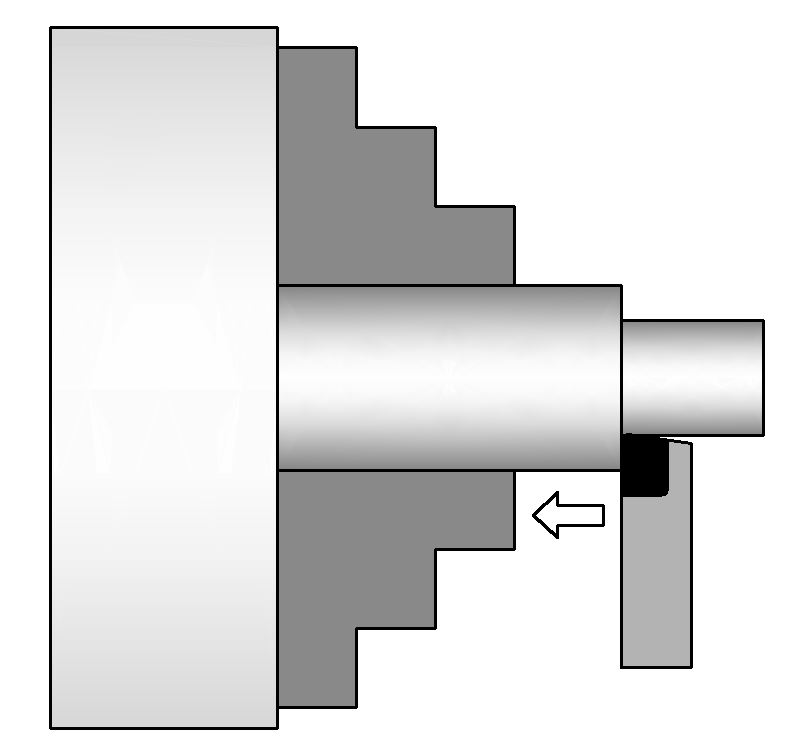
Taper Turning
Taper turning can be done using a taper attachment, the compound rest, or by offsetting the tailstock. Taper turning can also be done on a CNC lathe.

Facing
Facing is working on the flat face of the workpiece.

Contour Turning
Contour turning is usually performed on a CNC lathe. Historically, tracers were used to create irregular shapes on a lathe.
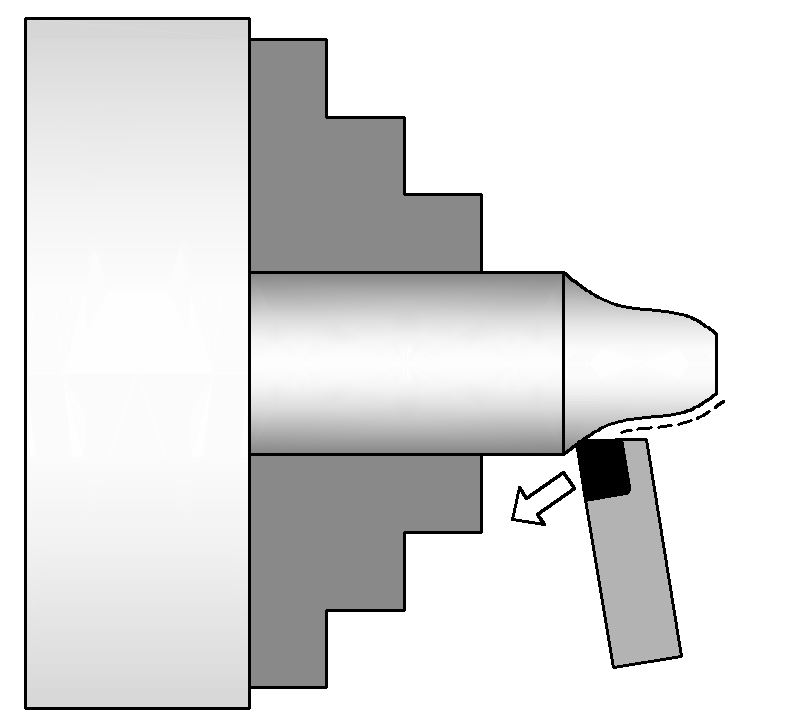
Form Turning
Form turning is used to impart an irregular shape on a workpiece using a specially ground tool.
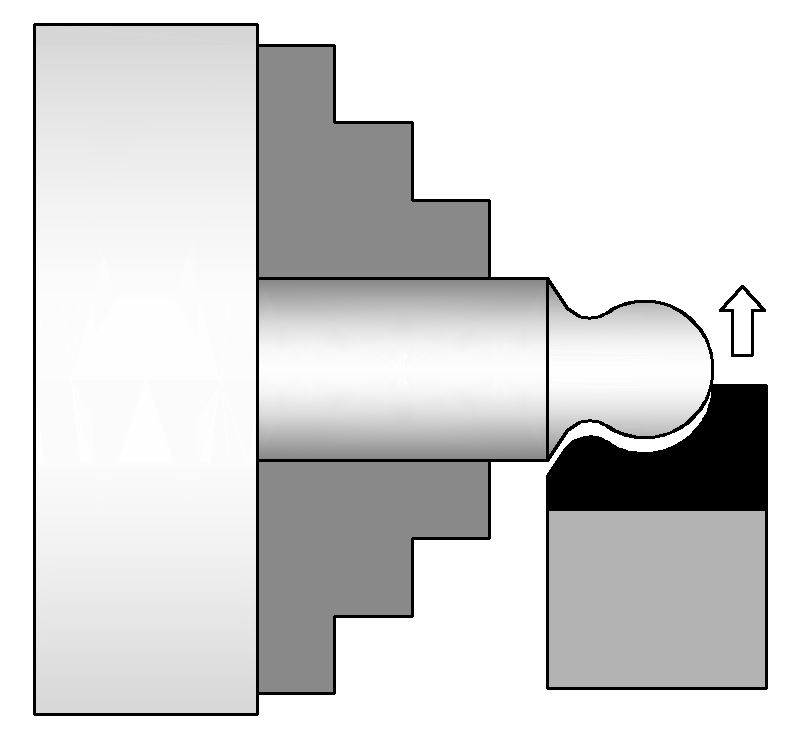
Parting
Parting is used to cut off a workpiece. A thin parting tool is used.
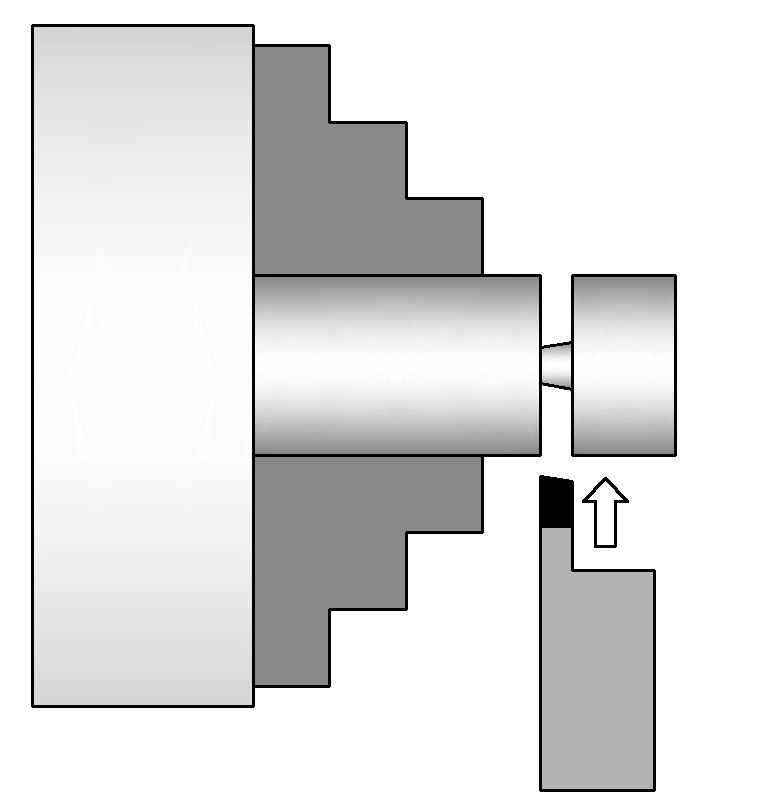
Drilling
See also: Drilling and Hole Making
Drilling can be accomplished by holding the drill bit in the tailstock and rotating the workpiece.
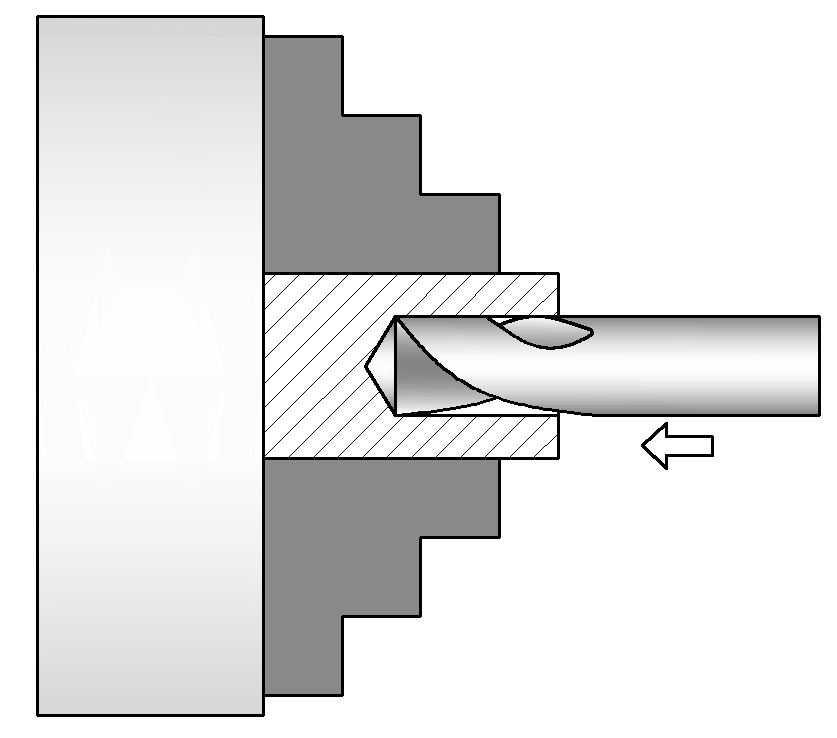
Boring
Boring removes material from a previously drilled hole. It can enlarge the hole and improve the roundness and surface finish.
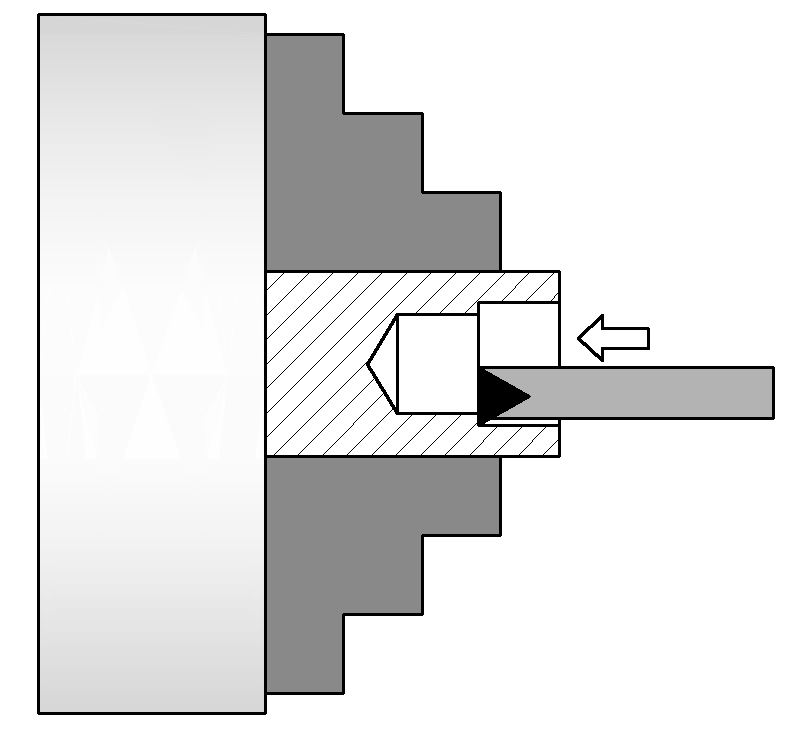
External Threading
External threading creates male screw threads on a workpiece.
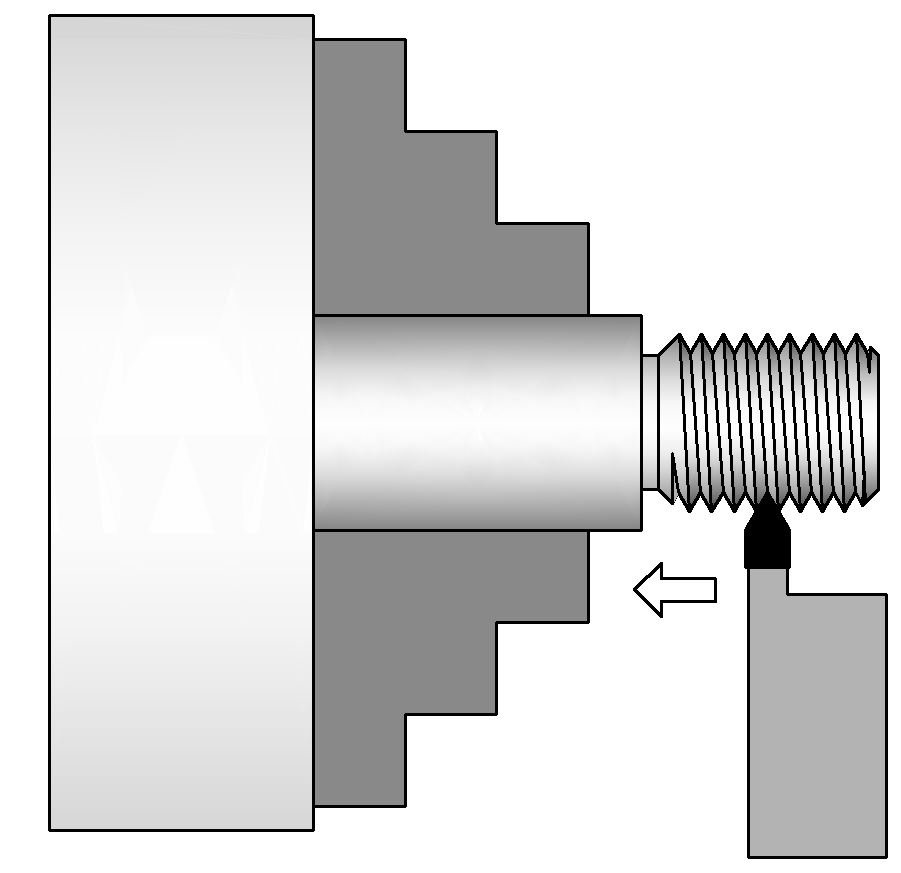
Internal Threading
Internal threading creates female threads inside a hole in a workpiece.

Grooving or Necking
Grooving can create grooves for items such as retaining rings or glands for o-rings. Grooving can be internal or external.
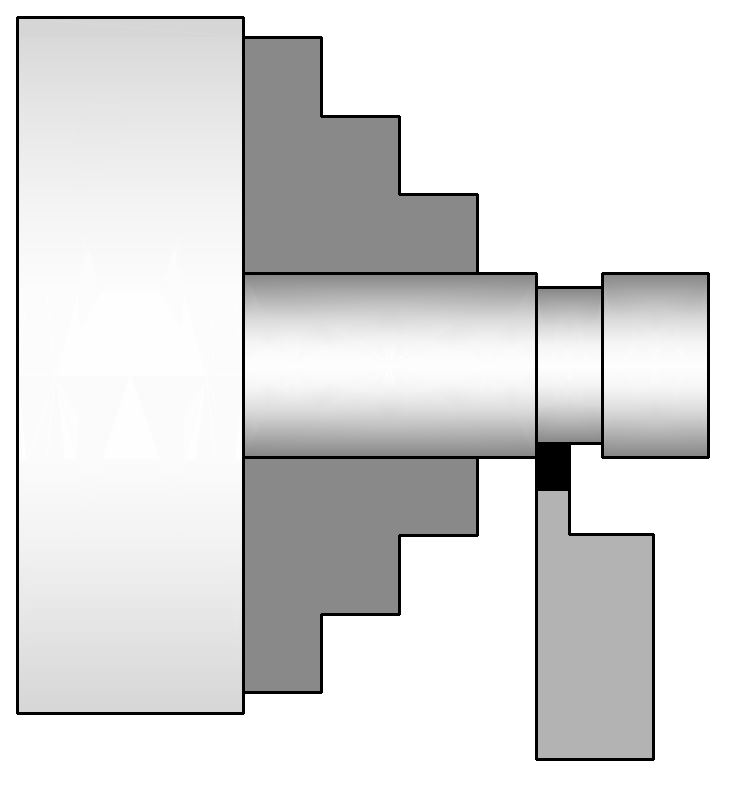
Knurling
Knurling forms a pattern on a workpiece. Knurling can be decorative or functional. Knurling increases the effective diameter of the workpiece.
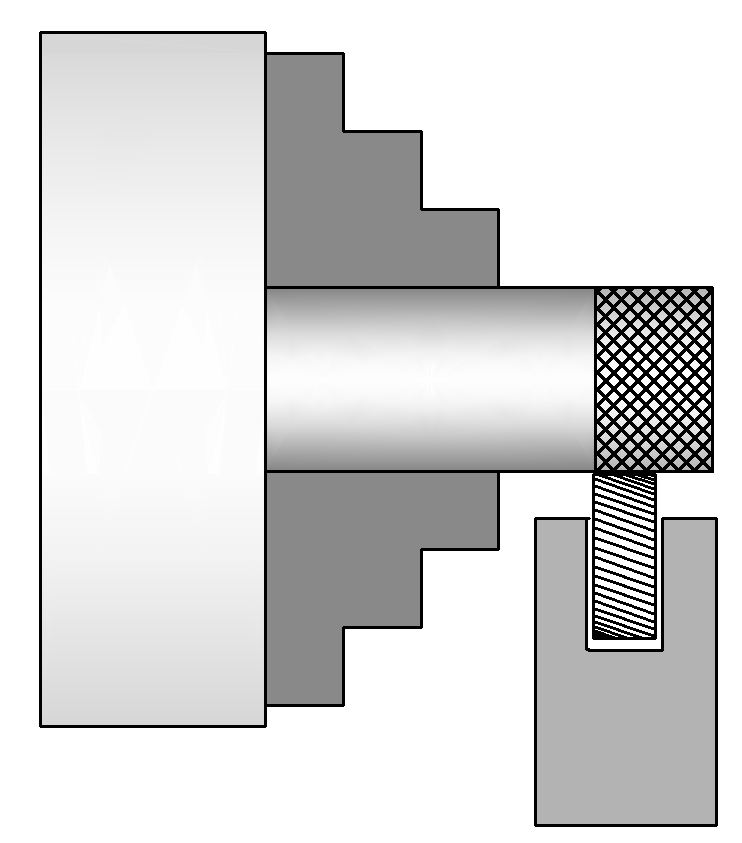

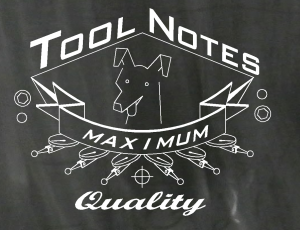
Recent Comments